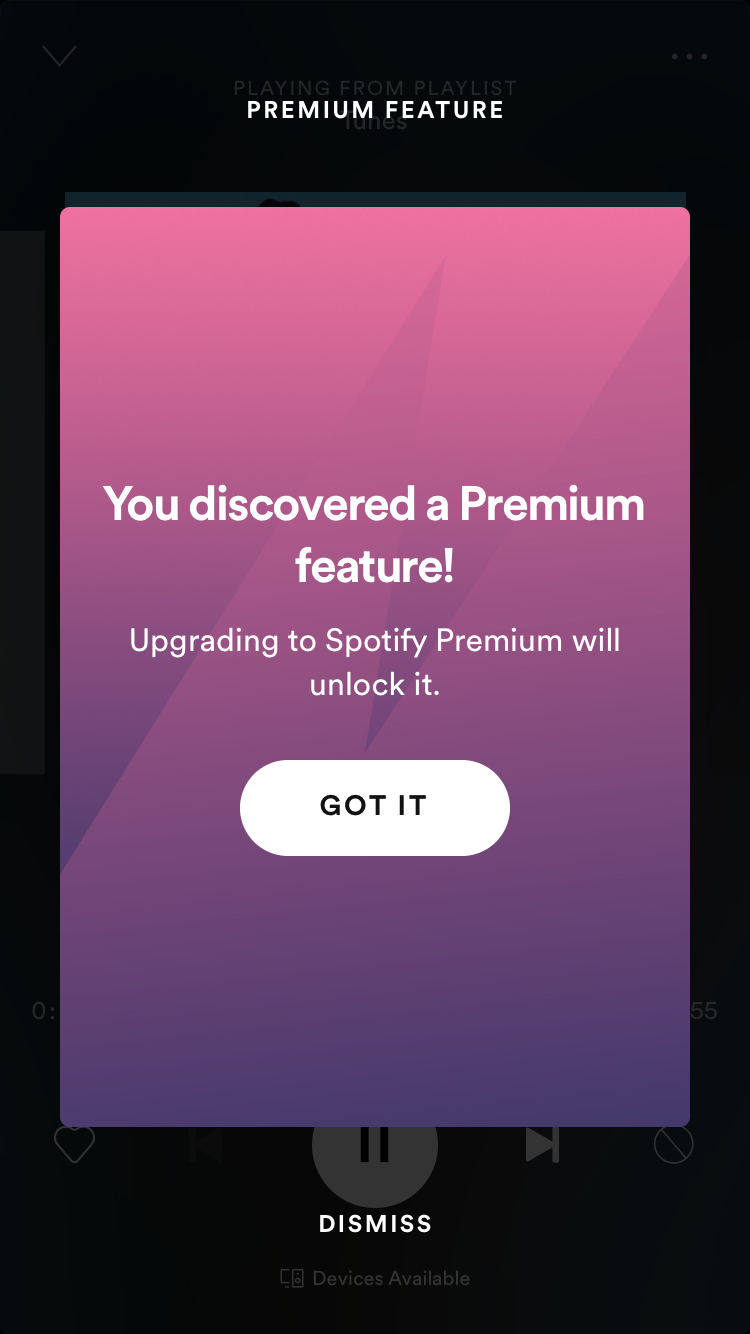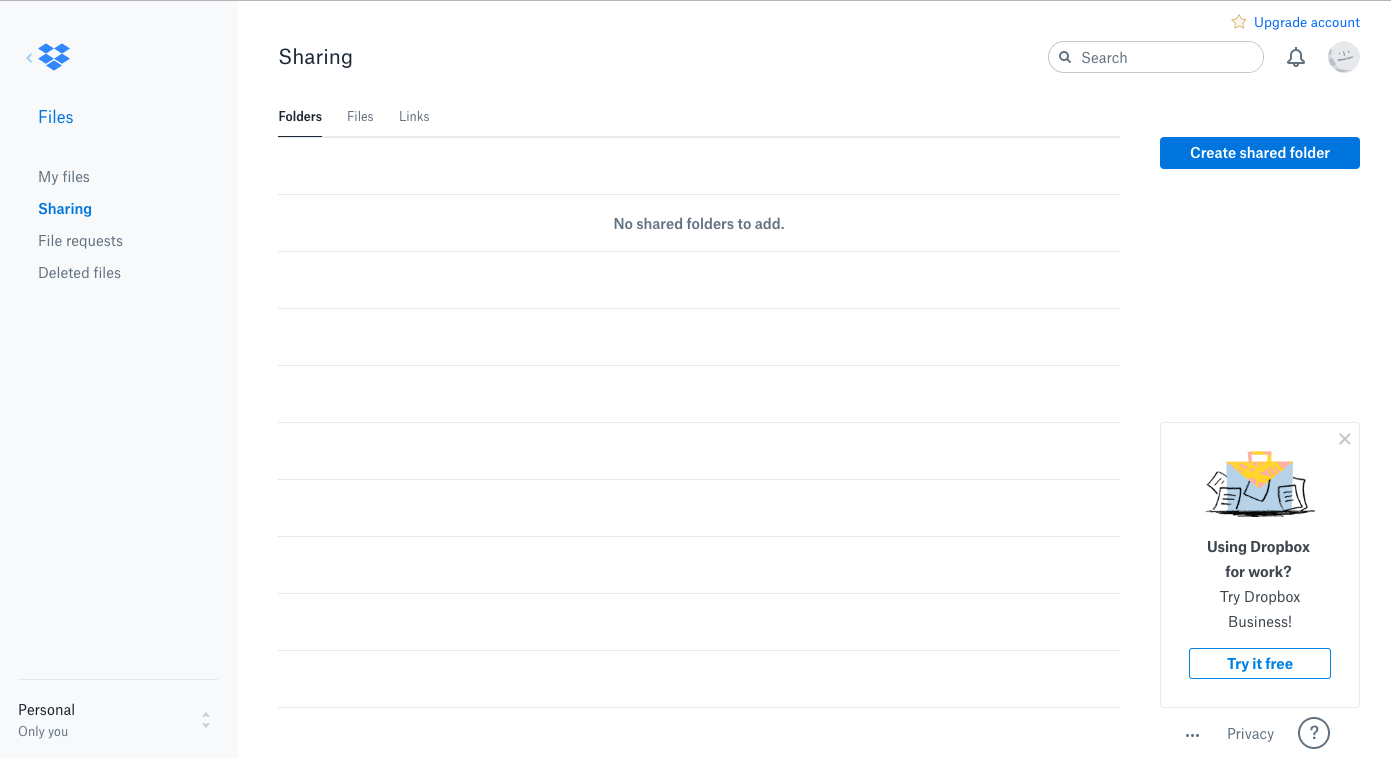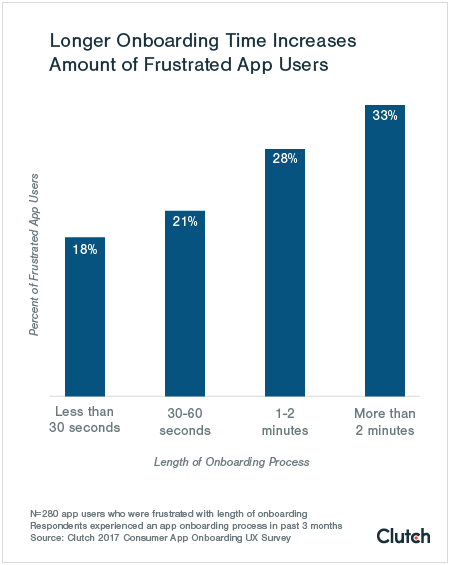The importance of customer retention by the numbers

.png)

.png)
SaaS metrics can be a funny thing.
You look at metrics like your MRR (monthly recurring revenue) and customer acquisition and feel like you're on top of the world. But then you glance over at feature adoption, customer retention, and churn for the same month—and all of a sudden the company seems doomed.
That’s because customer retention—and it’s ugly cousin churn—is not just a reflection of past performance. These numbers are also key indicators of future business performance—of how sticky your product is, how well your company is meeting customer needs, and whether the growth indicated by acquisition is actually sustainable.
At this particular moment in time, many SaaS companies are seeing a stark uptick in churn, and as a result, they are dramatically shifting their priorities away from net new acquisition to retention and expansion strategies. Because when the going gets tough, you want your best customers to stay by your side.
Here are a few stats that will help you put that churn rate in perspective, along with strategies for improving your customer retention in both the near and long term—whether you’re trying to tackle a sudden churn problem or are simply trying to stay ahead of the game.
Moving the needle on retention is difficult. The good news? Relatively little effort goes a long way. Expect all of your hard work on improving retention to make a positive impact of just a few percentage points. But just like churn compounds, so does customer retention. A 5%increase in your retention number snowballs and keeps more and more revenue from escaping that hole in the leaky bucket.
Bad retention rates have the tendency to send product managers spiraling, causing them to make too many changes at once. If you take this approach, you’ll never understand which optimizations made a difference. That’s why it’s essential to focus and prioritize. Use analytics to pinpoint where users drop off and which features are lagging in terms of adoption ( which are the least sticky). From there, work with your team to address these problems. Here are the benchmarks you should aim for, in order of importance.
Users need to understand your value, and fast. You could offer the best product in the world but if you don’t have the right tools in place to get users to that aha moment, they’re going to churn. Take a look at your in-app campaigns. Are you properly onboarding users? Are you offering tips and pointing them in the right direction to discover valuable features? The more intuitive your product is, the stickier it becomes. You may also want to think about creating a library of self-service product tutorials, like Carts Guru did using Appcues.
App stickiness evolves from feature adoption. If a user only uses your app for one thing, you’re easily replaceable. But if you become the go-to for multiple tasks (think: Slack), the more ingrained you become in a user’s day-to-day life and the less likely they are to churn. Make sure to not only drive users to the most important features of your app, but also any new or complementary features that drive up stickiness.
.png)
Offering a few really great features far exceeds offering a multitude of average ones. If you have features that few customers use, they're distracting from the central value of your product. Depreciate them so that your dev team can focus on the features that matter.
Customer acquisition is glamorous—from hyper-targeted Instagram ads and partnerships on the marketing side to closing exciting deals in sales. But it turns out that in many ways, customer retention is far more important.
Acquiring customers is expensive—especially in the early days—and unless you have a great customer retention number, you're just throwing away those dollars on soon-to-churn customers.
Seth Godin argues that you should spend your money on transforming users into true fans, rather than marketing to strangers you know nothing about. Here's how those marketing funds can be better spent:
Revenue expansion—or the revenue made by selling into your existing user base—is a critical component of any SaaS company’s business model. The good news? It’s far easier to sell to users who understand your product’s value than to net new ones. The bad news? To put it mildly—upselling is tricky. But with the right strategies in place you can see a lot of success.
For many Saas products, phase 1 of user retention is proving your value by getting users to the critical aha moment. Phase 2 is getting them to value your product enough that they’re willing to pay (more) for it. While there are many strategies to achieving the upsell, they all center around highlighting the benefits of paid features and subscriptions to the user. Below are a few tactics from successful subscription-based apps:
By letting users discover both free and premium features, you’re priming them for an upsell opportunity. Spotify allows free users to skip up to 6 songs an hour—after that, the following upsell message is triggered:

Aligning the feature upsell in context with the current user experience helps users understand how it would benefit them. Plus, Spotify’s clever tactic of positioning the upsell as a feature discovery, rather than a firm paywall, takes some of the sting out of the cash grab.
When you ask a user to upgrade can be more important than how. Similar to your other messaging, upgrade prompts should be tailored and feel relevant to the user. For instance, Zapier triggers the upsell message below while a user is actively engaged with their tool and has hit their task limit:

Not every upsell strategy needs to be aggressive. Sometimes subtle upsell alerts featured within your product are enough to keep your premium offerings top of mind. Take the following example from Dropbox:

The alert doesn’t disrupt the user experience since it’s on the side panel, but gets the point across with a free-trial CTA.
Take a look at your MAUs and DAUs—how do those numbers fare? If your customers only use your product once a month, churn is looming in the distance. There are very few products that can sustain off infrequent usage. Instead, you should focus on building product features and functionality that engage with users throughout their customer journey. Notably, you should focus on turning engaged users into product champions.
Regular users make up your core audience—they’re knowledgeable about your product and use it frequently. They’re invested in your product, and it remains top of mind for their business needs. The idea of switching is costly to regular users as they have all but mastered your product.
So what differentiates a champion user from a regular? Delight. Champion users are passionate about your product and genuinely enjoy spending time in it. They love exploring functionality and discovering new features. Because of this, they are your biggest advocates. To turn regular users into champions, do the following:
Improving customer retention means more than just the ability to keep your head above water. In fact, 80% of your future revenue will come from 20% of your user base today. Convince just a few more users into sticking around more, and that future revenue number goes way up.
One of the best ways to head off churn? A seamless, best-in-class onboarding experience.
Onboarding can be the difference between a thriving product and one that fails. A great onboarding experience can drastically improve retention rates. We have a wealth of resources with recommendations for building a stellar onboarding experience, but here are a few pointers to take away with you today:
1. Succinctly demonstrate your app’s value: The main goal of user onboarding is to get users to their aha moment as quickly as possible. When users complete your onboarding experience they should fully understand your product’s value.
2. Keep it short and sweet: Since you’re dealing with short attention spans, you need to get to the point quickly—give users the information they need as succinctly as possible or risk users getting frustrated.

3. Make sure users are set up for success: At the end of your user onboarding experience, there should be clear next steps for the user to take.Your onboarding process should end with users feeling motivated and capable of exploring your product on their own.
For more on how to improve both near-and long-term retention with better onboarding, check out these 13 proactive strategies for reducing customer churn.